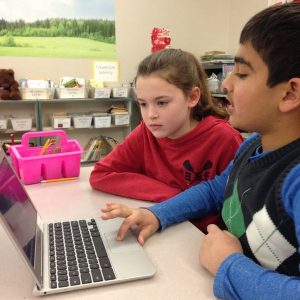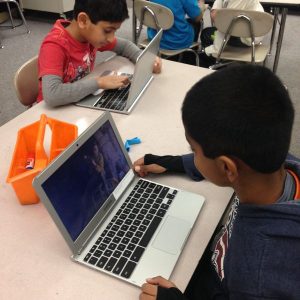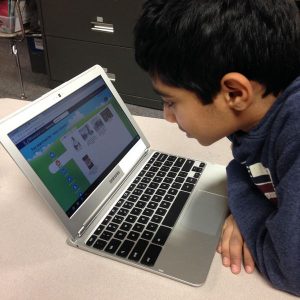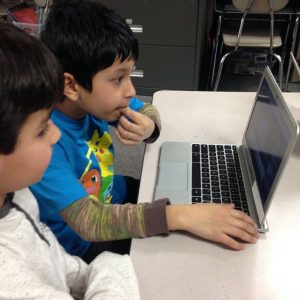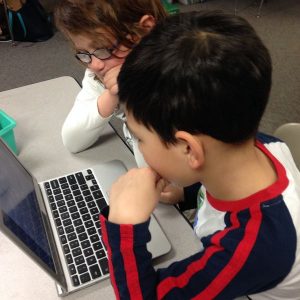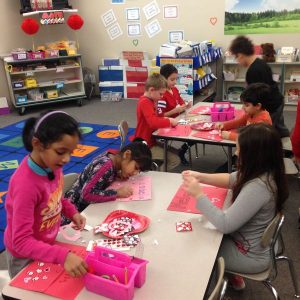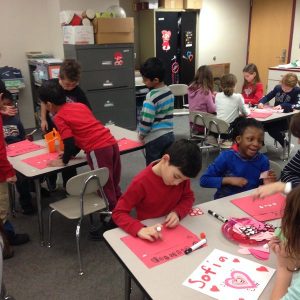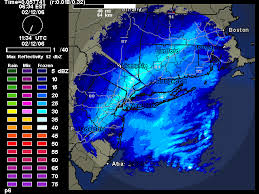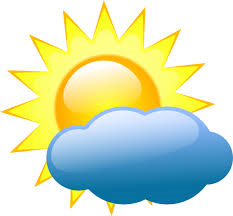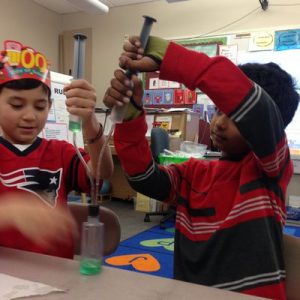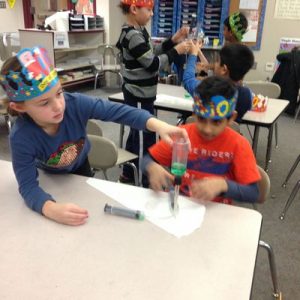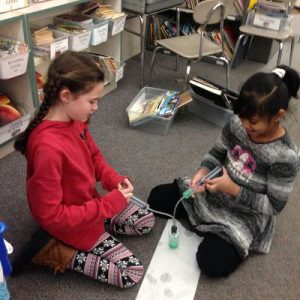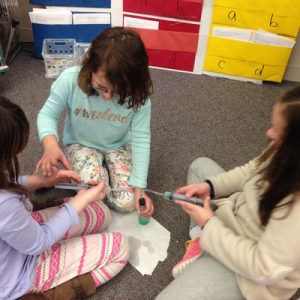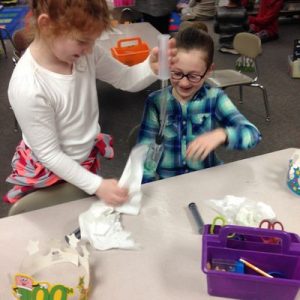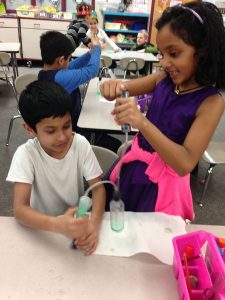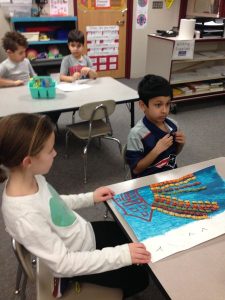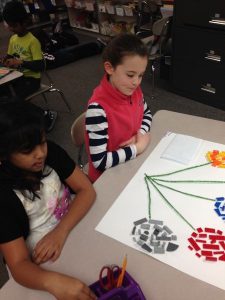Posted by kavery508 | Posted in Uncategorized | Posted on February 27, 2017
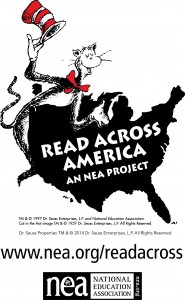 Read Across America Day is coming! This annual nationwide event is held the first week of March in honor of local author Dr. Suess’s birthday. This Friday morning we’ll be visited by a local Shrewsbury Firefighter, who will share the love of reading (and we might even get a free fire safety demonstration, too). Then in the afternoon, our class and the Richard class will team up to present a reader’s theatre production of Dr. Suess’ The Sneetches to grades one and two at this month’s school meeting! Exciting!
Read Across America Day is coming! This annual nationwide event is held the first week of March in honor of local author Dr. Suess’s birthday. This Friday morning we’ll be visited by a local Shrewsbury Firefighter, who will share the love of reading (and we might even get a free fire safety demonstration, too). Then in the afternoon, our class and the Richard class will team up to present a reader’s theatre production of Dr. Suess’ The Sneetches to grades one and two at this month’s school meeting! Exciting!
 Thanks for keeping our health supplies stocked this year! We are in need of lots of kleenex to get us through the rest of winter and into allergy season. Please send in a box or two when you can.
Thanks for keeping our health supplies stocked this year! We are in need of lots of kleenex to get us through the rest of winter and into allergy season. Please send in a box or two when you can.
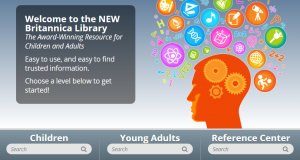 Students did a great job this week beginning their research into their choice of famous American for study. After learning how to conduct a search at Britannica Kids online, they examined multimedia files and learned to save an article in their own Google Drive folders on our closed network. This week they will be thinking critically as they read to look for evidence of character traits in their historical subjects.
Students did a great job this week beginning their research into their choice of famous American for study. After learning how to conduct a search at Britannica Kids online, they examined multimedia files and learned to save an article in their own Google Drive folders on our closed network. This week they will be thinking critically as they read to look for evidence of character traits in their historical subjects.
 Our next area of study in math involves understanding and using money. Besides identifying coins/bills and their amounts, students should be able to combine various amounts of both. Consider this example:
Our next area of study in math involves understanding and using money. Besides identifying coins/bills and their amounts, students should be able to combine various amounts of both. Consider this example:
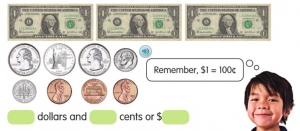 Notice how students can best solve this by starting with the larger amounts and using counting on/adding on. Students will also learn to write in dollars-and-cents notation ($1.25) and with words: one dollar twenty five cents. Students will also learn to compare 2 or more amounts of money. This can get tricky if students are still learning coin values and totaling. For example, 7 coins does not make an amount greater than 2 coins if we’re comparing 7 pennies and 2 quarters.
Notice how students can best solve this by starting with the larger amounts and using counting on/adding on. Students will also learn to write in dollars-and-cents notation ($1.25) and with words: one dollar twenty five cents. Students will also learn to compare 2 or more amounts of money. This can get tricky if students are still learning coin values and totaling. For example, 7 coins does not make an amount greater than 2 coins if we’re comparing 7 pennies and 2 quarters.
For help with homework, see the resources section of your child’s math homework folder where you will find a variety of pages on everything from coins and counting to vocabulary. If you’re following in the eBook, this is Chapter 11. Although many of us pay for things with cards instead of cash, be on the lookout for opportunities to teach your child to total amounts of coins and bills and to estimate 1) if there is enough to buy something and 2) about how much change is due!
Singing is a great way to memorize new skills! Readeez has put out a truly fantastic collection of learning songs. Here’s one of our favorites in class. You can find others (dimes, nickels, quarters, and much more) at Youtube.com and at the Readeez site.
Here’s some pictures of us in action doing research and on Valentine’s Day having fun!

